
Roots
From the ancient riverine civilizations where coils and kinks ascended to crowns of divine connection, to the hurried, veiled existence mandated by the brutal winds of change, textured hair carries stories in its every curve. This is a journey that stretches across continents and centuries, a testament to resilience, adaptation, and profound personal identity. For those whose ancestry traces through the vast, complex heritage of Africa and its diaspora, hair is never merely strands upon a scalp. It is a living archive, a scroll of lineage, bearing whispers of what came before and echoing challenges of the present.
The very structure of textured hair, its unique helical form, stands as a biological marvel, a protective canopy honed over millennia. Early human ancestors, residing in intensely sun-drenched equatorial regions, developed this distinct hair texture as a shield. Scientists posit this coiling pattern, less dense than straight hair, allowed for better air circulation near the scalp, cooling the brain while providing ample defense against harsh ultraviolet radiation.
(Jablonski & Chaplin, 2014). This ancient, functional design became inextricably linked to culture, communication, and social status in societies across the African continent long before the arrival of colonial forces.

What Did Ancestral Societies Convey Through Hair?
In pre-colonial African societies, hair was a profound visual language. It communicated one’s standing, marital condition, tribal affiliation, age, and even spiritual commitments. A hairstyle could signify a warrior’s prowess, a woman’s readiness for marriage, or a community’s mourning.
It was a craft, an art form that often took hours, sometimes days, to complete, executed with reverence within communal settings. These sessions served as communal gatherings, periods for sharing stories, transferring wisdom, and strengthening bonds.
- Yoruba Culture ❉ Hairstyles held spiritual weight, sometimes braided to send messages to deities, with hair considered the most elevated part of the body.
- Wolof Tradition ❉ Girls not of marrying age might have partial head shaves to indicate their unavailability for suitors.
- Benin Kingdom ❉ Chiefs wore specific cuts as markers of leadership, and a shaved head across the male populace could signal the passing of a king.
The rich lexicon of African hair traditions was not static. It evolved with movements, migrations, and the inventive spirit of diverse groups. The tools employed, from ornate combs carved of ivory to cowries and beads adorning braids, underscored the deep cultural esteem for hair.
Textured hair, a biological shield honed by millennia, began as a functional adaptation to equatorial sun, evolving into a sophisticated language of identity across ancient African societies.
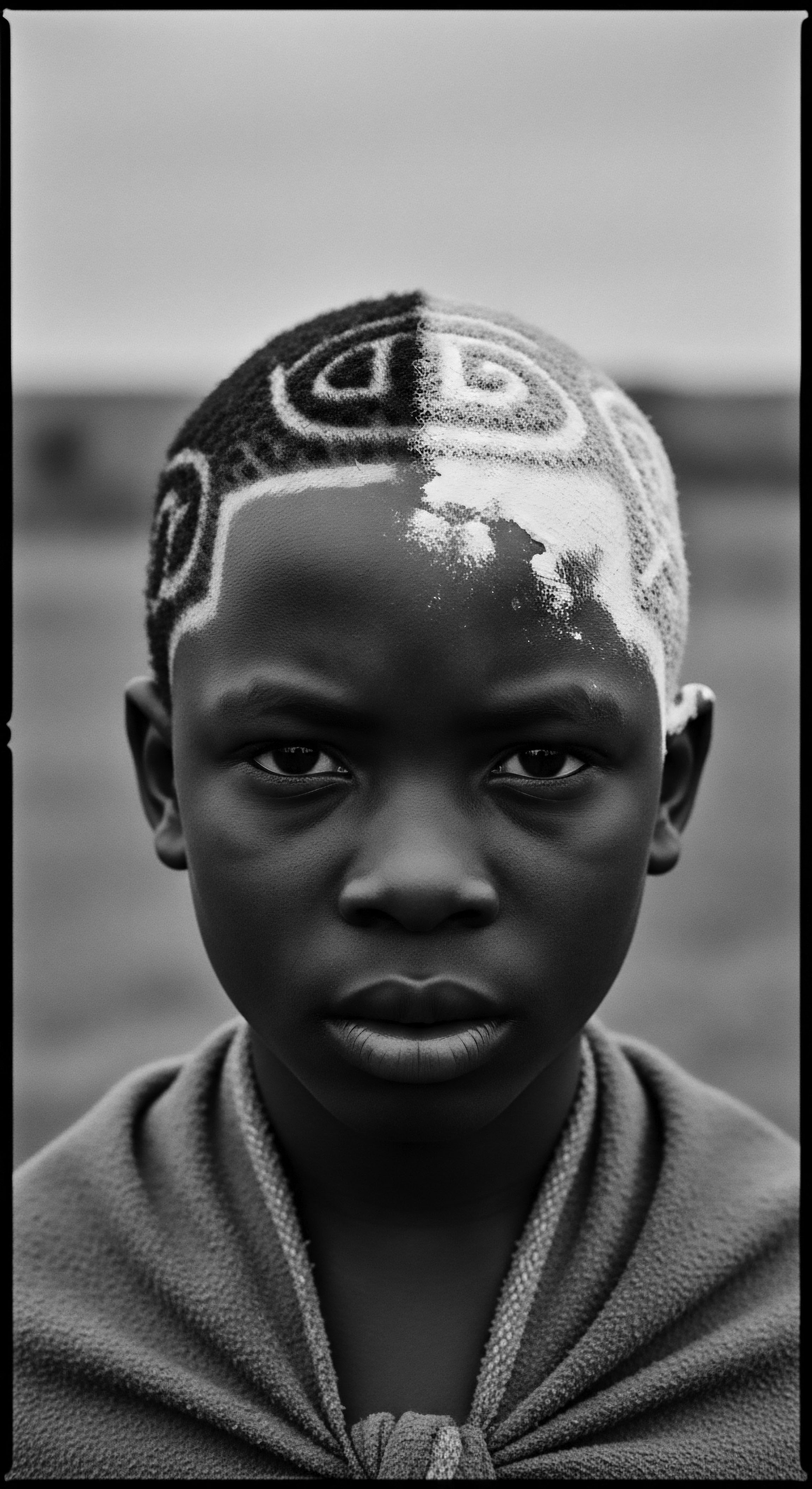
How Did Colonialism Reshape Hair’s Meaning?
The transatlantic slave trade and subsequent colonialization brought an insidious shift in these perceptions. European standards of beauty, emphasizing straight hair, were imposed, devaluing the natural coils and kinks of African people. Hair, once a source of pride and a marker of identity, became a tool of oppression. Enslaved Africans often had their heads forcibly shaved upon arrival, a brutal act designed to strip them of their heritage and sever ties to their homelands.
This period introduced a coerced assimilation, where the very texture of hair became a determinant of social acceptance and perceived worth. Hair that was once sculpted into elaborate statements of identity was now hidden under scarves or subjected to harsh straightening methods as means of survival and perceived integration into a hostile society. The imposition of the “good hair” versus “bad hair” dichotomy, deeply ingrained in the colonial psyche, cast natural African hair as “unprofessional” or “unkempt,” a stigma that, regrettably, persists in many contemporary spaces.
The reverberations of these historical attitudes continue to shape perceptions of textured hair today. What began as a biological advantage and a cultural pillar transformed under the weight of oppression, resulting in enduring biases that impact education, employment, and self-perception.
To understand the current landscape, it becomes essential to trace these historical roots, recognizing how deeply intertwined scientific explanations, cultural practices, and societal prejudices are in the story of textured hair. The memory of forced conformity and the erasure of traditional practices casts a long shadow, compelling a contemporary reclamation of identity.
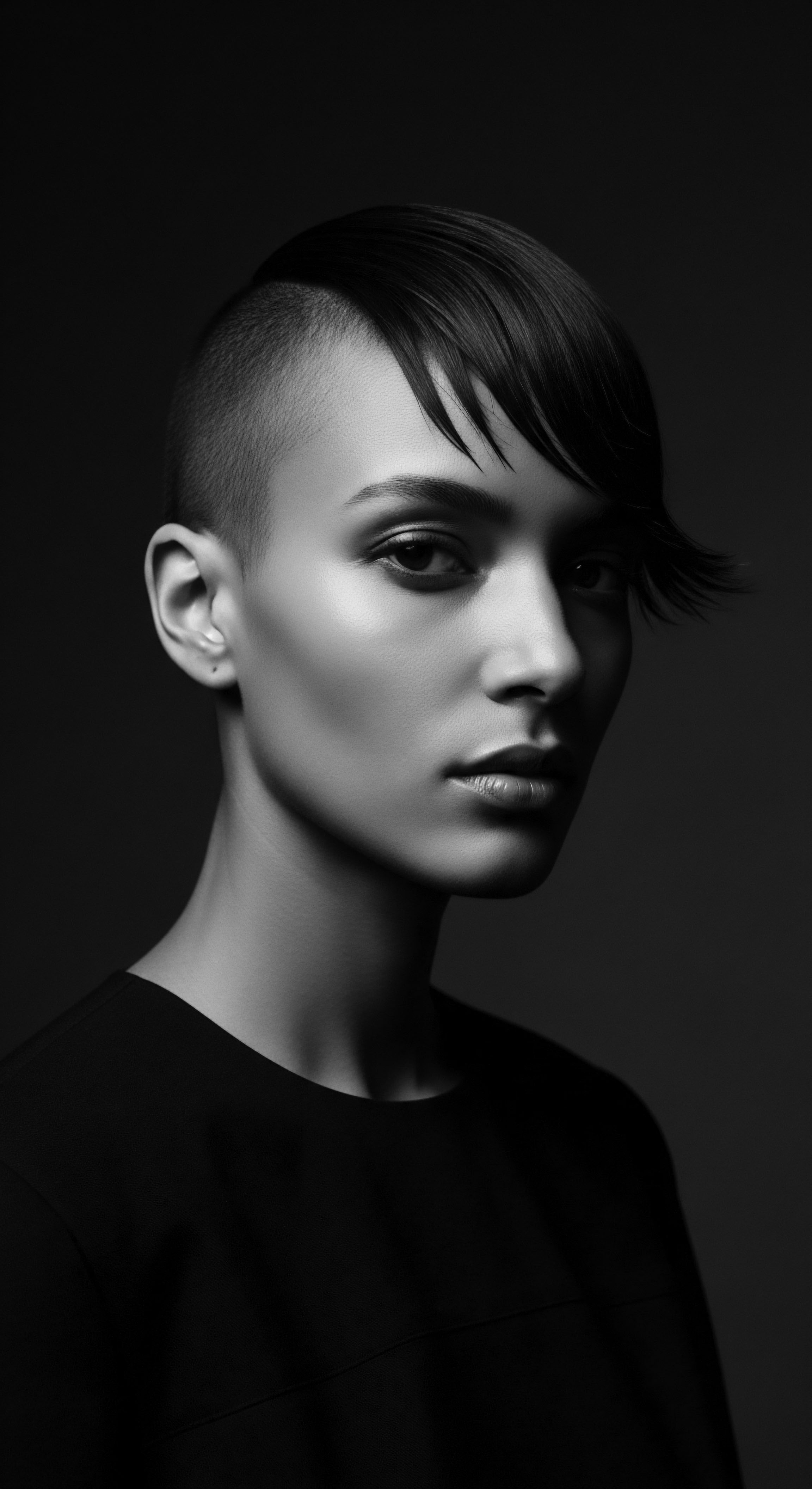
Ritual
The rhythms of daily life, particularly within Black and mixed-race communities, have always included an intimate dialogue with textured hair. This conversation, deeply rooted in ancestral practices, has served as a resilient counterpoint to external pressures. From the communal braiding circles of antiquity to the hushed, careful application of oils passed down through families, care for textured hair has always transcended mere aesthetics. It has been a ritual, a tender thread connecting generations, affirming identity even when the broader world sought to diminish it.
The traditions of hair styling and care, often perceived through a modern lens, owe their very existence to centuries of accumulated knowledge. These practices, once everyday expressions of belonging and status in pre-colonial African societies, were ingeniously adapted and preserved under duress. The meticulous artistry of cornrows, twists, and locs, far from simply being decorative, served protective purposes, guarding delicate strands from the elements and maintaining health when resources were scarce and time for elaborate styling was limited.
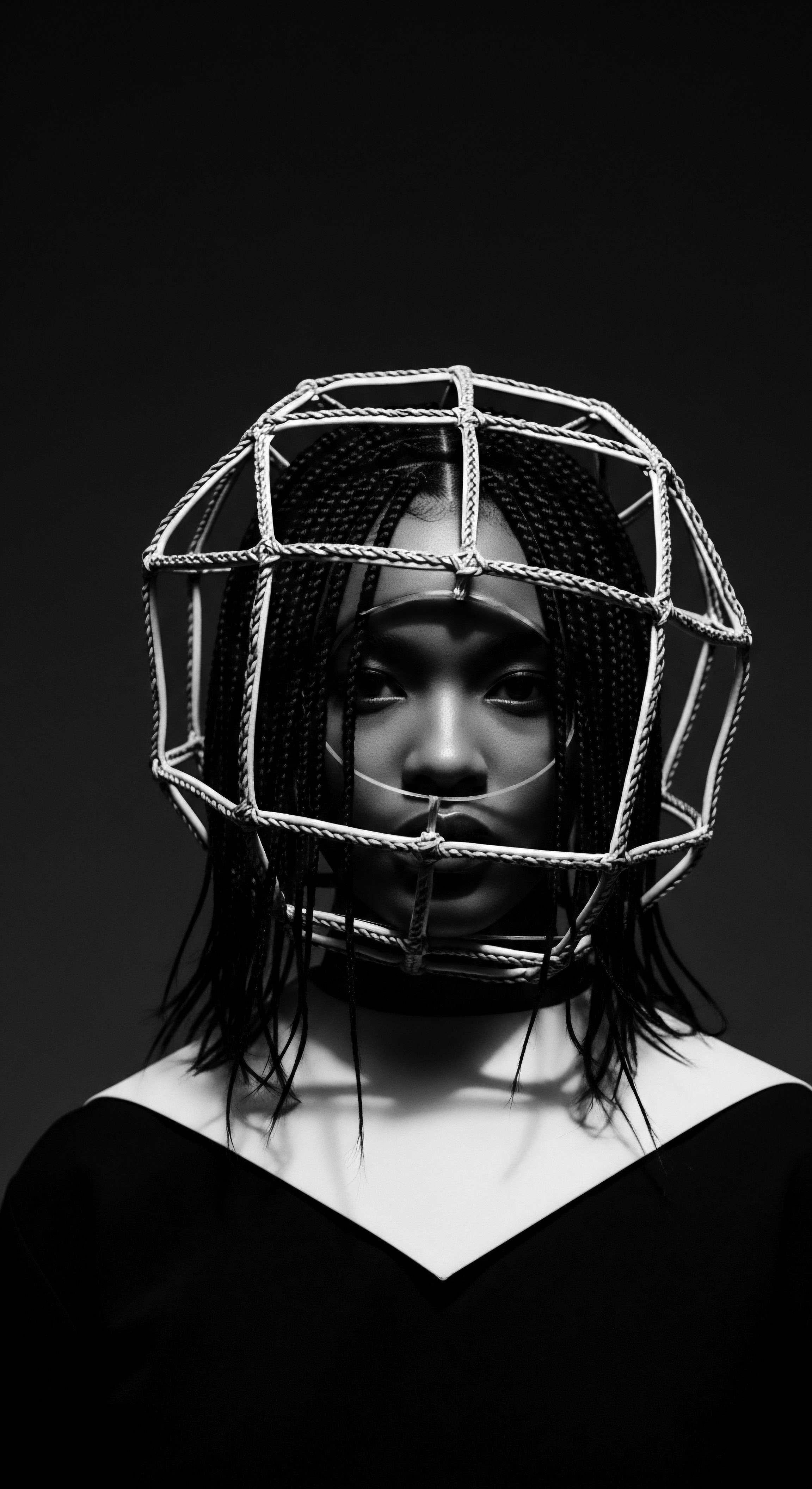
What Historical Practices Shaped Contemporary Textured Hair Care?
Ancestral care practices were born of deep ecological wisdom. Indigenous plants, clays, and oils were utilized for cleansing, conditioning, and scalp health, reflecting a holistic approach to wellbeing. These were not isolated acts, but often communal ceremonies, moments of touch and connection where elders imparted their knowledge to younger generations.
The very act of grooming became a quiet act of defiance, a way to maintain cultural continuity in the face of forced assimilation. Even when circumstances dictated hiding hair, the underlying care continued, a private affirmation of selfhood.
A significant example appears in the resourceful ingenuity during the transatlantic slave trade. Enslaved African women, despite unimaginable brutality, braided rice seeds into their hair before forced migration to the Americas. This clandestine act ensured the survival of staple crops in a new land, symbolizing both physical sustenance and the enduring spirit of their homeland’s agricultural heritage. This act illustrates how hair became a silent vessel for survival, literally carrying the seeds of future generations.
| Traditional Ingredient (Heritage Origin) Shea Butter (West Africa) |
| Contemporary Use or Scientific Link Moisturizing emollient, rich in vitamins A, E, F, seals in hydration. |
| Traditional Ingredient (Heritage Origin) Black Soap (West Africa) |
| Contemporary Use or Scientific Link Gentle cleanser, traditionally used for scalp health and clarifying. |
| Traditional Ingredient (Heritage Origin) Chebe Powder (Chad) |
| Contemporary Use or Scientific Link Promotes length retention, fortifies hair strands, traditionally used by Basara Arab women. |
| Traditional Ingredient (Heritage Origin) Coconut Oil (Tropical Regions) |
| Contemporary Use or Scientific Link Penetrates hair shaft, reduces protein loss, provides conditioning. |
| Traditional Ingredient (Heritage Origin) These ingredients represent a living legacy, their ancestral wisdom validated by modern understanding of their benefits for textured hair. |
The introduction of chemical relaxers and hot combs in the late 19th and early 20th centuries presented a complex chapter. While offering an avenue for conformity to Eurocentric beauty ideals, these tools often came at the cost of hair health, demanding a painful deviation from natural patterns. The pervasive message, often subtle yet powerful, was that straightened hair signified respectability, professionalism, and assimilation, a direct echo of colonial prejudices. This societal pressure led many to compromise their hair’s natural state for social and economic advancement.
The daily tending to textured hair evolved from ancient communal practice into a quiet act of cultural preservation, a testament to enduring wisdom despite external pressures.

How Does Ancestral Wisdom Inform Present Day Care?
Today, a profound reawakening acknowledges these historical truths. The renewed interest in natural styling and ancestral ingredients signals a conscious return to practices that honor the unique needs of textured hair. This contemporary movement recognizes that the care of hair transcends cosmetic concerns. It stands as a wellness practice, a connection to ancestral knowledge that views hair health holistically, intertwined with mental and spiritual wellbeing.
This revival sees a blending of tradition and science. Modern hair science increasingly validates the efficacy of age-old remedies, explaining through biochemistry what our ancestors knew through intuition and observation. The wisdom inherent in practices like oiling, braiding, and protective wrapping finds its scientific counterpart in studies on moisture retention, cuticle integrity, and tension management. The simple act of wrapping hair at night, for example, a practice deeply rooted in Black heritage, now finds scientific backing in its ability to reduce friction, prevent tangles, and maintain moisture, preserving the hair’s vitality.
This mindful approach to hair care is a deliberate choice, often a rebellion against the deeply ingrained historical attitudes that once dictated conformity. It is a decision to honor lineage, to wear history proudly, and to reclaim a deeply personal connection to cultural identity. The ritual of hair care, in its present form, is a dynamic conversation between the wisdom of the past and the knowledge of today.

Relay
The enduring saga of textured hair, from its ancient origins to its contemporary expressions, is a living relay, a continuous transmission of heritage, identity, and defiance. Historical attitudes, born of subjugation and systemic othering, have shaped perceptions in ways that extend beyond individual bias, inscribing themselves into legal frameworks, educational institutions, and societal norms. Yet, within this landscape, textured hair has consistently served as a powerful declaration, a visual marker of belonging and self-sovereignty. The fight for its affirmation is a testament to an unyielding spirit.
Consider the profound influence of Eurocentric beauty standards. These were not merely aesthetic preferences; they were tools of social control, used to enforce hierarchies and devalue African physical traits. Hair, as a visible and malleable aspect of appearance, became a primary battleground.
The expectation for Black individuals to straighten their hair to be deemed “professional” or “acceptable” in workplaces and schools is a direct consequence of this historical imposition. This pressure forced countless individuals to choose between their natural selves and opportunities for advancement, perpetuating cycles of self-negation and economic disadvantage.

What Are the Societal Costs of Historical Hair Bias?
The psychological toll of this historical and ongoing discrimination cannot be overstated. Generations have internalized messages that their natural hair is “bad” or “unruly,” leading to diminished self-esteem and a constant burden of conformity. This is not a relic of the past; its effects are measurable today. The 2023 CROWN Workplace Research Study reveals striking data ❉ Black women’s hair is 2.5 times more likely to be perceived as unprofessional.
Furthermore, approximately two-thirds of Black women (66%) adjust their hair for job interviews, with 41% altering their hair from curly to straight. This compulsion to change one’s natural appearance to gain equitable consideration highlights the deep systemic roots of hair bias, extending far beyond superficial preferences into material impacts on career trajectories and economic security.
The persistent bias against textured hair, traceable to historical efforts at social control, manifests today in quantifiable professional disadvantages and ongoing psychological burden.

How Do Current Efforts Reclaim Heritage?
Against this backdrop, the contemporary natural hair movement stands as a powerful reclamation of heritage. It is a collective assertion of pride, a conscious dismantling of inherited prejudices, and a celebration of the diverse textures that define Black and mixed-race identities. This movement is more than a trend; it is a profound social and cultural shift, deeply political in its essence. It recognizes that hair is not separate from identity, nor from the broader struggle for racial justice.
Legal efforts, such as the CROWN Act (Creating a Respectful and Open World for Natural Hair), represent a critical step in addressing this systemic issue. This legislation, first passed in California in 2019, prohibits discrimination based on hair texture and protective styles in workplaces and schools. While the fight for its federal enactment continues, its passage in numerous states signals a growing recognition that hair discrimination is a civil rights issue, rooted in historical anti-Blackness. These legal protections help to dismantle the structures that have historically policed Black hair, creating spaces where individuals can present authentically without fear of repercussion.
The communal aspects of this reclamation mirror ancestral practices. Online communities, social gatherings, and even dedicated educational platforms serve as modern-day braiding circles, offering support, sharing knowledge, and affirming the beauty of textured hair in all its forms. This collective voice challenges mainstream beauty norms, advocating for broader representation and acceptance.
By openly embracing styles like Afros, Braids, Locs, and Twists, individuals reclaim a visible lineage, connecting their present expressions to the resilience of their forebears. This is how a legacy is not only preserved but actively lived, shaping a collective future where historical attitudes no longer dictate worth.
- Black Power Movement ❉ In the 1960s and 1970s, the Afro became a powerful symbol of political change, self-love, and collective identity, openly rejecting Eurocentric beauty standards.
- Tignon Laws ❉ Enacted in 18th-century Louisiana, these laws forced free Black women to cover their hair with scarves, an attempt to visually distinguish them from white women and assert social hierarchy. However, Black women subverted these laws by adorning their scarves beautifully, transforming symbols of subjugation into statements of style and ingenuity.
- The CROWN Act ❉ A modern legislative response, this Act seeks to eliminate race-based hair discrimination by legally protecting the right to wear natural and protective hairstyles in professional and educational settings.
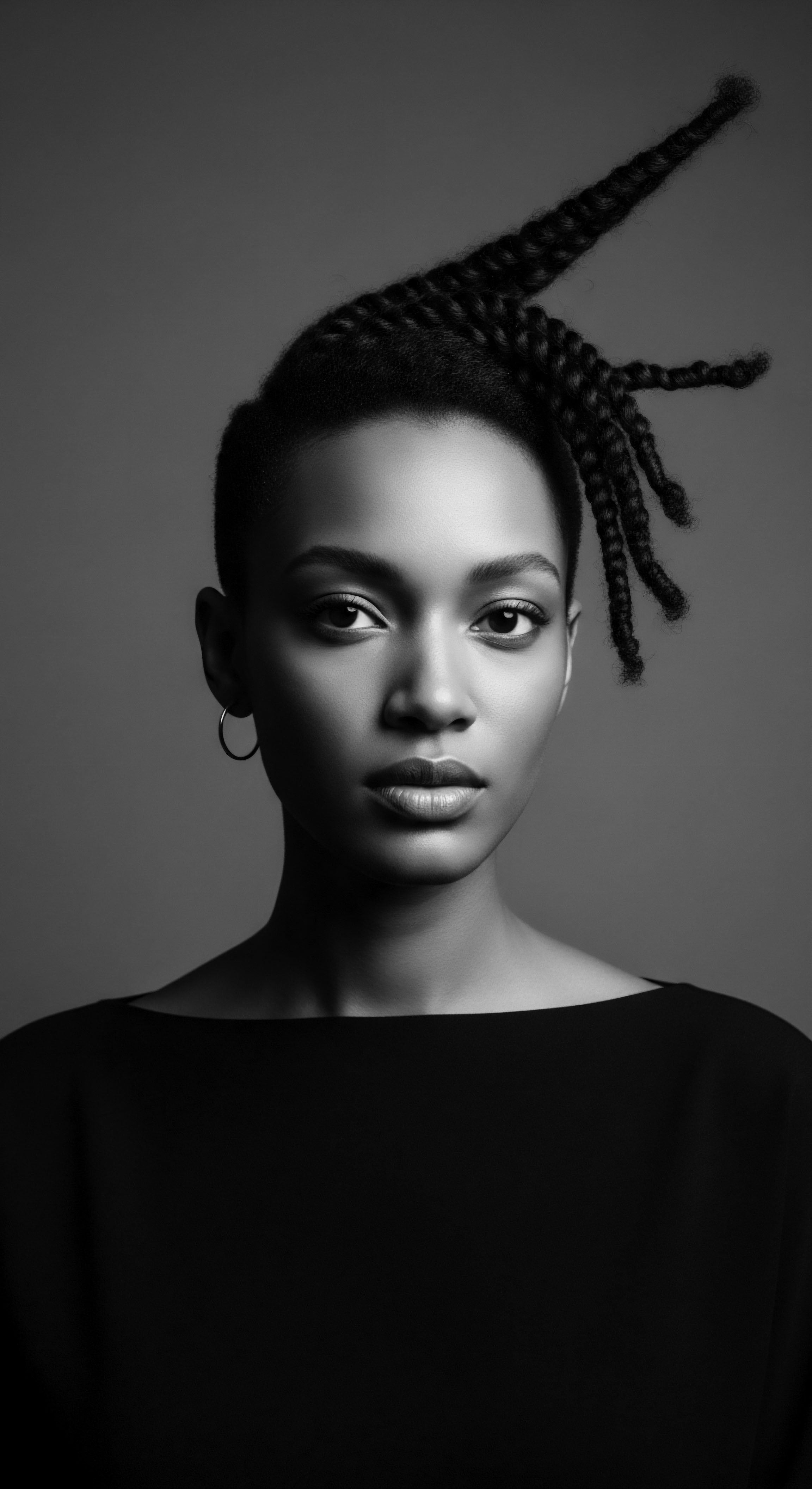
Reflection
The journey through the history of textured hair is not a mere recounting of facts; it is a communion with the very soul of a strand. Each curl, each coil, each loc holds within it the memory of sun-drenched savannas, the whispers of ancestral hands, the weight of colonial imposition, and the triumph of enduring spirit. The way textured hair is perceived today, the judgments it still faces, the celebrations it now inspires, are all echoes of this profound, often tumultuous, heritage.
Roothea’s very essence rests in this recognition ❉ that care for textured hair extends beyond conditioners and combs. It encompasses a sacred duty to honor lineage, to remember the wisdom embedded in ancient practices, and to confront the lingering shadows of historical prejudice. Our hair is a living, breathing archive, a testament to a people’s ability to retain beauty, dignity, and cultural connection despite centuries of systematic attempts to sever those ties.
To truly tend to textured hair is to engage in an act of historical reclamation. It is to choose knowledge over ignorance, self-acceptance over imposed standards, and collective memory over enforced forgetfulness. The scientific understanding of its unique biology, the rediscovery of traditional botanical remedies, and the social movements demanding equity, all converge to inform a holistic path forward. This path invites us not only to style our hair but to understand its story, to feel the continuum of its journey from the source of human existence to the complex landscapes of contemporary life.
In every gentle brushstroke, in every deliberate sectioning of coils, in every shared story of hair triumphs and tribulations, we continue to write this living history. We stand as custodians of an ancestral inheritance, ensuring that the unique character of textured hair, its boundless adaptability, and its profound connection to identity are cherished for generations to come. The future of textured hair perceptions is not simply about legal protections or product innovations; it is about cultivating a collective consciousness that sees, celebrates, and respects the inherent glory in every single strand.
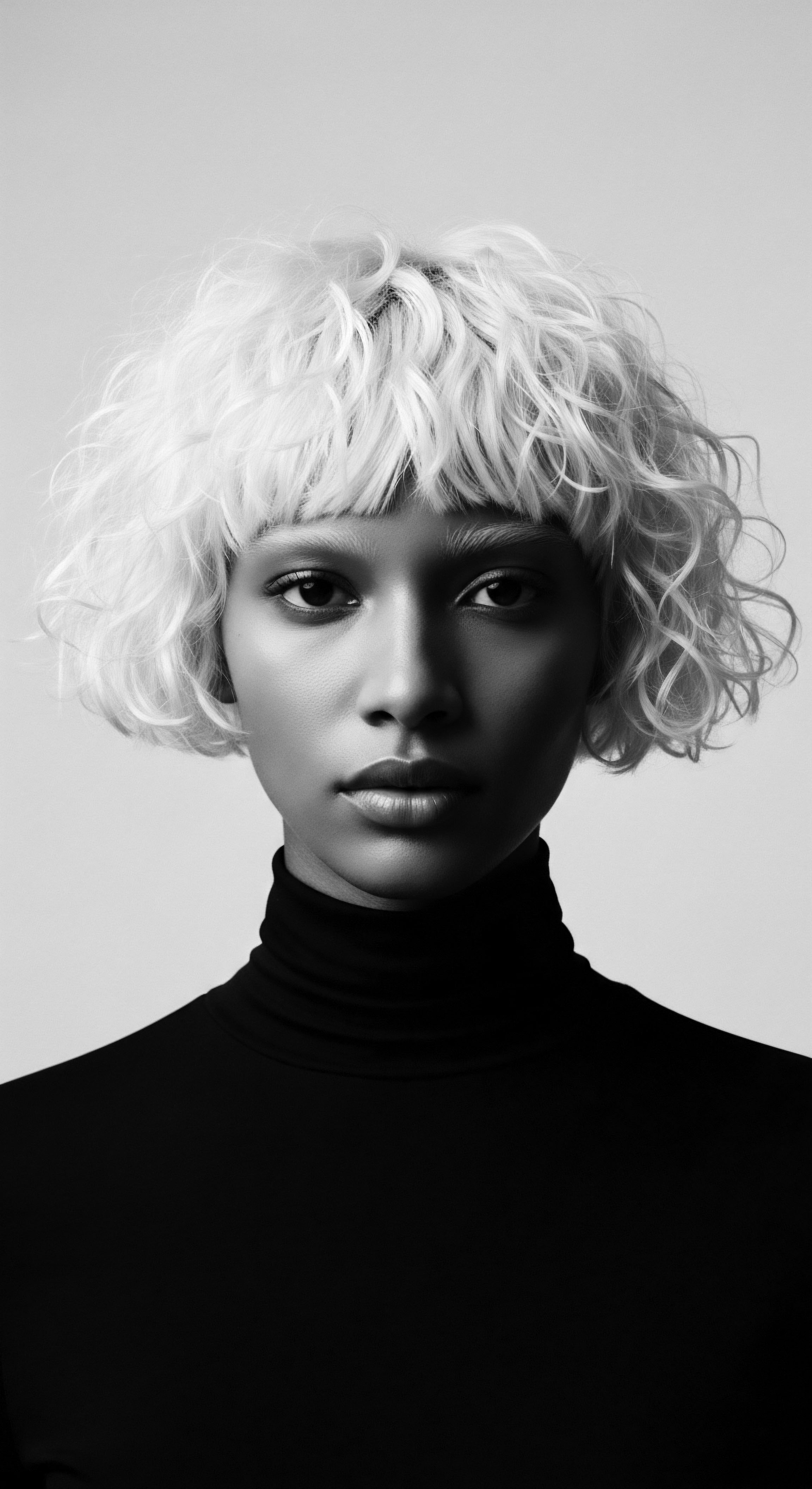
References
- Adetutu Omotos. (2018). Hair was very important in ancient African civilizations. Journal of Pan African Studies.
- Caldwell, P. (1991). A Hair Piece ❉ Perspectives on the Historical Social and Cultural Dimensions of Hair. UCLA Women’s Law Journal.
- Dove and LinkedIn. (2023). 2023 CROWN Workplace Research Study. The CROWN Act.
- Jablonski, N. G. & Chaplin, G. (2014). The Evolution of Human Skin Color and Hair Texture. Annual Review of Anthropology.
- Johnson, T. A. & Bankhead, T. (2014). Examining the Experiences of Black Women with Natural Hair. Journal of Black Studies.
- Lashley, M. (2020). The importance of hair in the identity of Black people. Érudit.
- Matjila, C. R. (2020). The meaning of hair for Southern African Black women. University of the Free State.
- Omotos, A. (2018). The Journal of Pan African Studies. Gale OneFile ❉ World History.
- Rosette, A. S. & Dumas, T. L. (2020). The Natural Hair Bias in Job Recruitment. Social Psychological and Personality Science.
- Sherrow, V. (2006). Encyclopedia of Hair ❉ A Cultural History. Greenwood Press.
